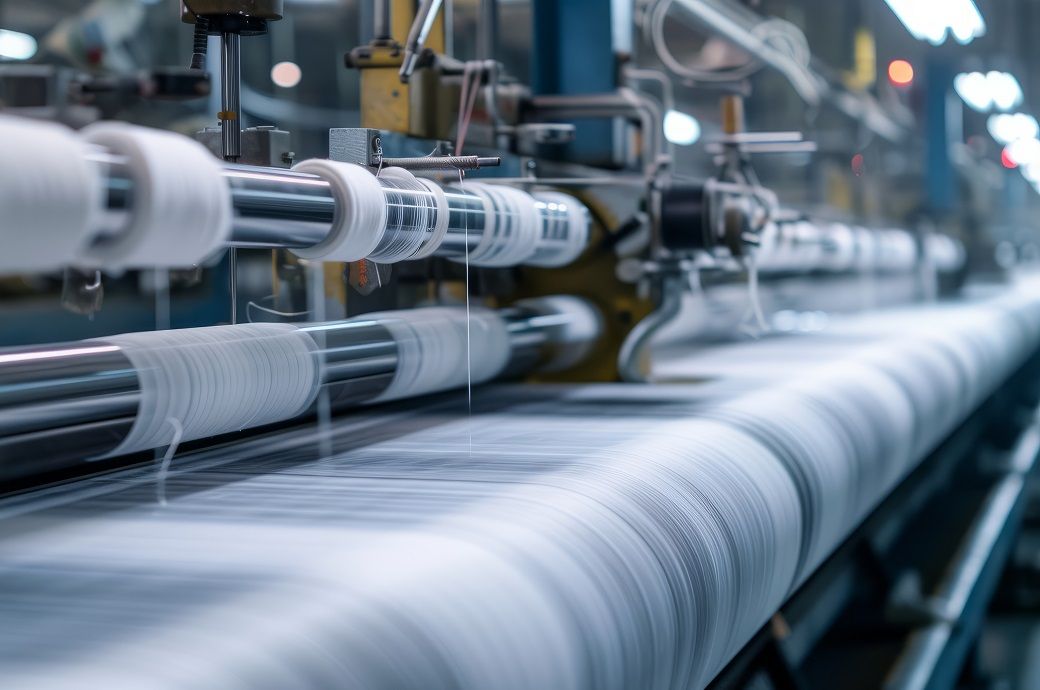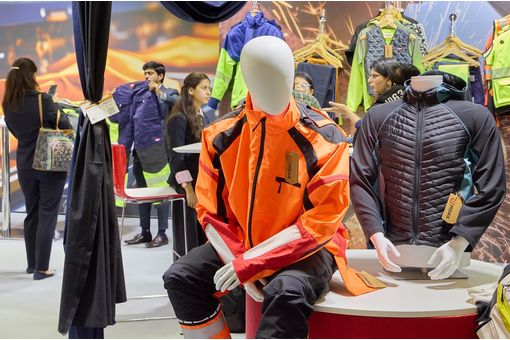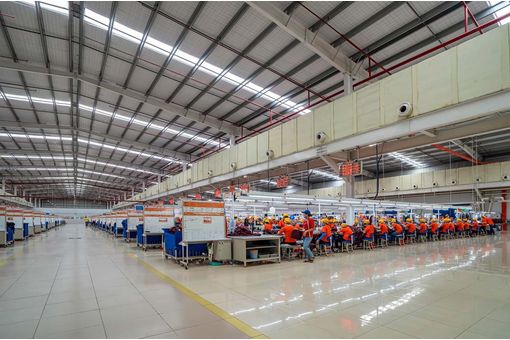Australian manufacturing sector faces sharp deterioration in March

Insights
- Australia's manufacturing PMI dropped to 47.3 in March, marking the fastest decline since May 2020, according to Judo Bank and S&P Global.
- This period saw reduced price pressures, a sharp decrease in new orders, and the fastest job shedding since June 2020.
- Despite softer inflation rates, optimism in the sector remains cautious amid economic challenges.
Price pressures softened in March. Lower input cost inflation contributed to output prices rising at the slowest pace in three-and-half years.
Incoming new orders for Australian manufactured goods declined for a sixteenth successive month in March. Additionally, the pace of decline was sharp and the joint-fastest since the height of the pandemic in May 2020 (matched only by November 2023). This was attributed to elevated interest rates and subdued economic conditions according to panellists. New export orders likewise depleted in March, but at only a modest pace. The reduction in new work resulted in lower output in March. Nonetheless, despite firms further cleared their level of outstanding work, as per S&P Global.
Shrinking capacity requirements led employment levels to fall in March, contrasting with the long-run trend of growth. Furthermore, the rate of job shedding was the fastest since June 2020.
Australian manufacturers also lowered their purchasing activity at a marked pace, leading to a renewed fall in stocks of purchases in March. At the same time, the level of post-production inventories eased in March. This reflected caution among Australian manufacturers in holding additional warehouse stock during a time of receding demand.
Vendor performance meanwhile continued to deteriorate at a marked pace at the end of the first quarter, though driven mainly by Red Sea and other external disruptions according to anecdotal evidence.
Turning to prices, average input costs continued to increase on the back of rising raw material and transport costs. However, the rate of inflation softened in March. In turn, selling prices at Australian manufacturers increased at a slower pace, the softest since September 2020. Rates of input cost and output price inflation were also well below their respective series averages.
Finally, sentiment in the Australian manufacturing sector remained positive at the end of the first quarter of the year with firms hopeful of a rise in sales in the coming 12 months. The level of confidence fell for a second straight month to the lowest of the year so far, however, as concerns over heightened competition, elevated interest rates and rising costs dampened optimism.
Fibre2Fashion News Desk (DP)
































-Ltd..jpg?tr=w-120,h-60,c-at_max,cm-pad_resize,bg-ffffff)





.jpg?tr=w-120,h-60,c-at_max,cm-pad_resize,bg-ffffff)
.jpg?tr=w-120,h-60,c-at_max,cm-pad_resize,bg-ffffff)









